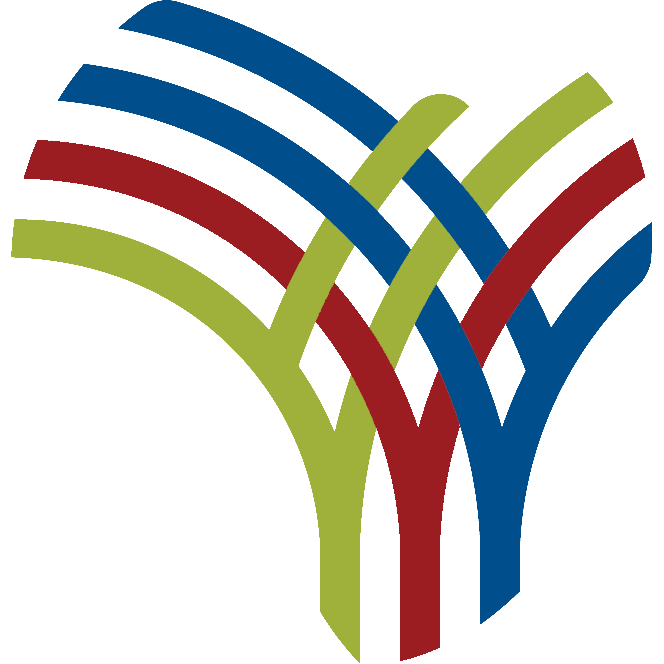A new technology to process cassava peels into animal feed could help reduce Rwanda’s reliance on imported cereals, lowering costs for farmers and boosting local production, according to the Rwanda Agriculture and Animal Resources Development Board (RAB).
“Producing animal feed from cassava peels will cut the amount of cereals previously imported for mixing with other feeds. This will increase income for farmers and livestock keepers, especially since imported feed is not only expensive but often in short supply,” said Jules Mutabazi, a researcher at RAB.
Rwanda’s animal feed imports are projected to grow from 1.1 million kilogrammes in 2023 to about 1.29 million kilogrammes by 2028, representing an average annual increase of 2.5 per cent, according to the Rwanda Animal Feed Industry Outlook 2024-2028. Historical data shows demand has grown at an annual rate of 4.4 per cent since 2001.
Animal feed accounts for about 70 per cent of poultry production costs, with high prices for imported ingredients such as maize and soya beans making poultry, pork and other livestock products more expensive.
“We need alternative and affordable animal feeds such as those made from cassava peels,” Mutabazi said, noting that RAB is working with the International Institute of Tropical Agriculture (IITA) to train cassava and livestock entrepreneurs in feed production.
So far, at least 35 entrepreneurs have been trained. One of them, Alice Nyirasagamba, who runs a cassava processing plant in Kamonyi District, said she buys cassava peels at Rwf10 per kilogramme.
Using drying machines, 100 kilogrammes of peels can produce 28-30 kilogrammes of animal feed, which she sells for between Rwf150 and Rwf200 per kilogramme for cows, poultry and pigs.
Processing involves collecting fresh peels, removing dirt and foreign materials, washing thoroughly, drying to reduce moisture and prevent spoilage, then grinding into powder for ease of mixing in feed formulations.
Cassava’s naturally occurring cyanogenic glycosides, which can release toxic cyanide, are neutralised through proper drying or additional treatments such as soaking, fermenting or boiling.
Nyirasagamba’s initiative has created jobs for about 56 women, who handle production and other operations, including processing Akanoze flour.
Justine Mucyo, IITA’s Agribusiness Specialist and manager of the Rural-Urban Nexus project in Rwanda, funded by the Swiss Agency for Development and Cooperation (SDC), said lab tests have confirmed the nutritional value of cassava peel-based feeds. “It takes eight hours to dry and remove cyanide. Production should now be scaled up,” she noted.
In Kamonyi District alone, farmers cultivate cassava on at least 7,000 hectares annually, with some harvesting up to 100 kilogrammes per tree, according to district agriculture head Justin Mukiza.
Entrepreneur Jean Claude Kabayiza believes access to finance will be key for mass production. “I want to set up a large-scale plant for cassava flour and animal feed, but will start small due to limited funds,” he said.
Livestock farmer Noella Mutoni said the new feeds have replaced costly maize in her production. “A kilogramme of maize for animal feed costs Rwf650, while cassava peel-based feeds sell for between Rwf200 and Rwf250. This could lower market prices significantly,” she said.


